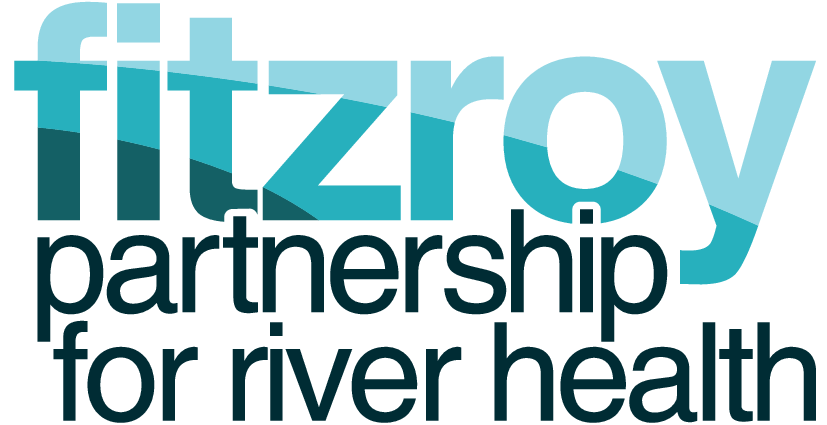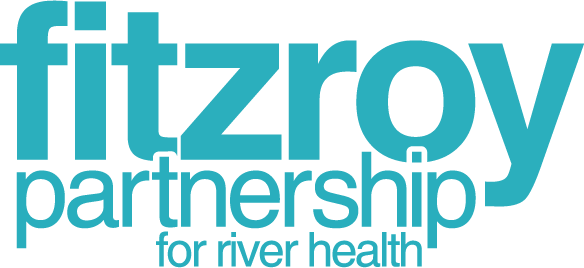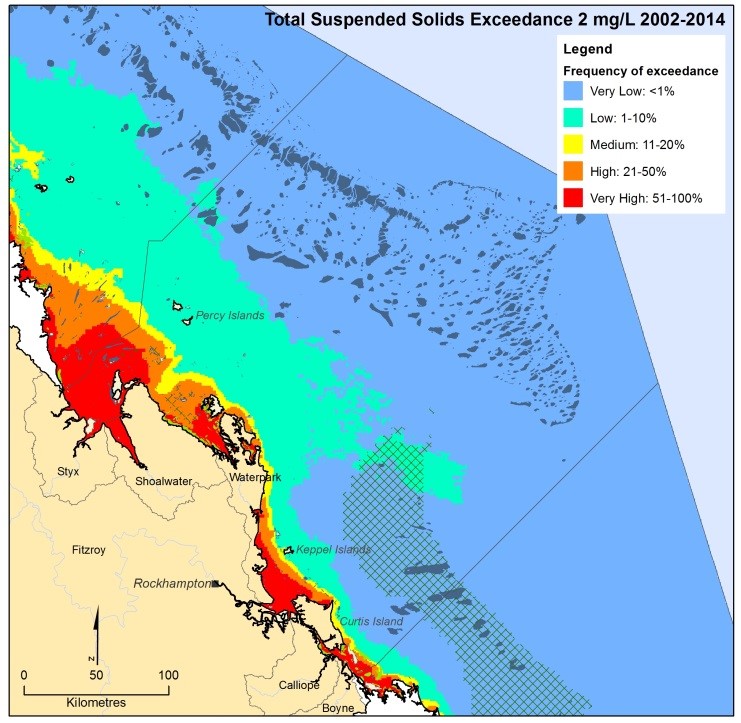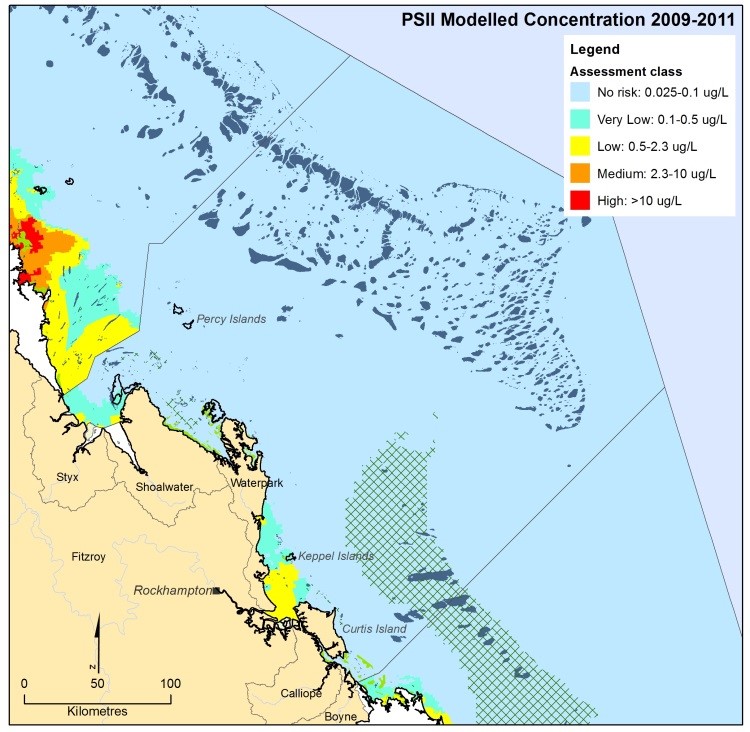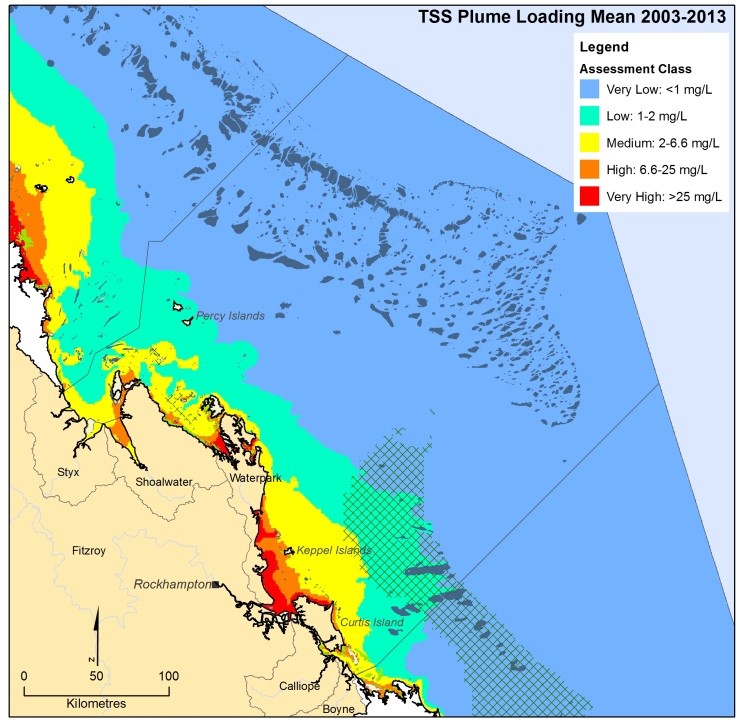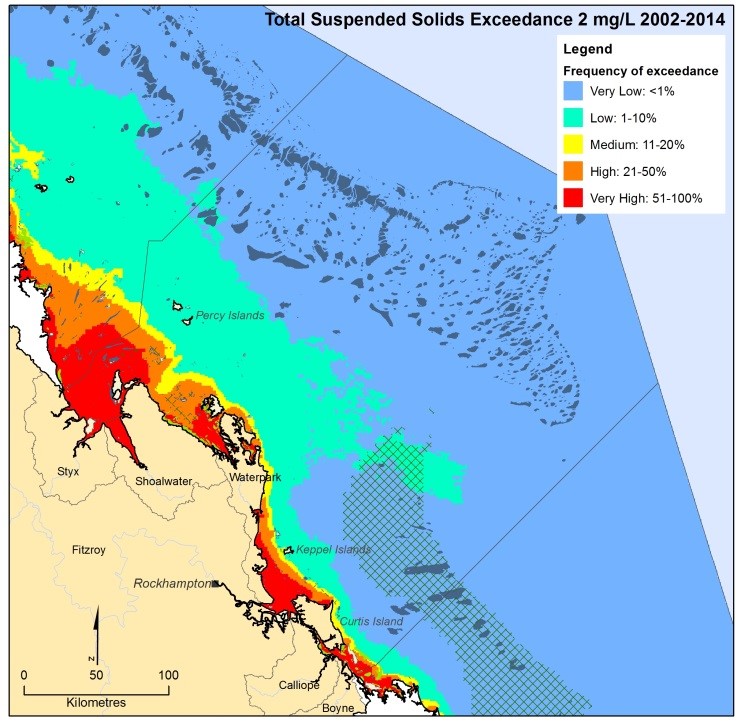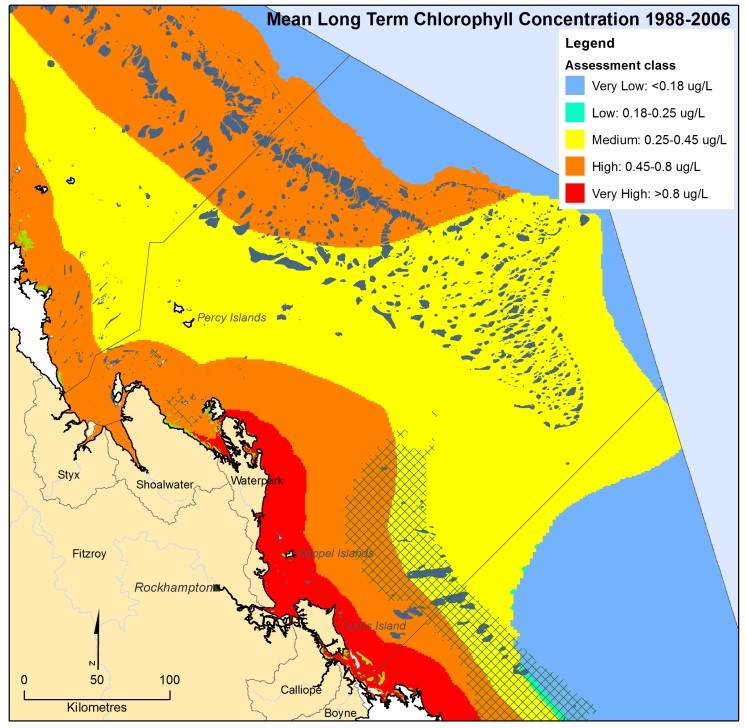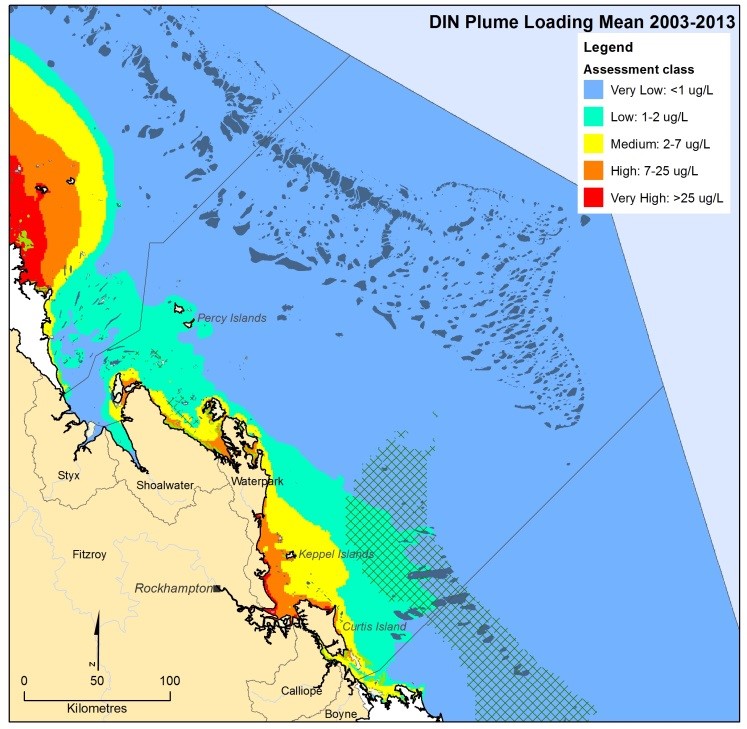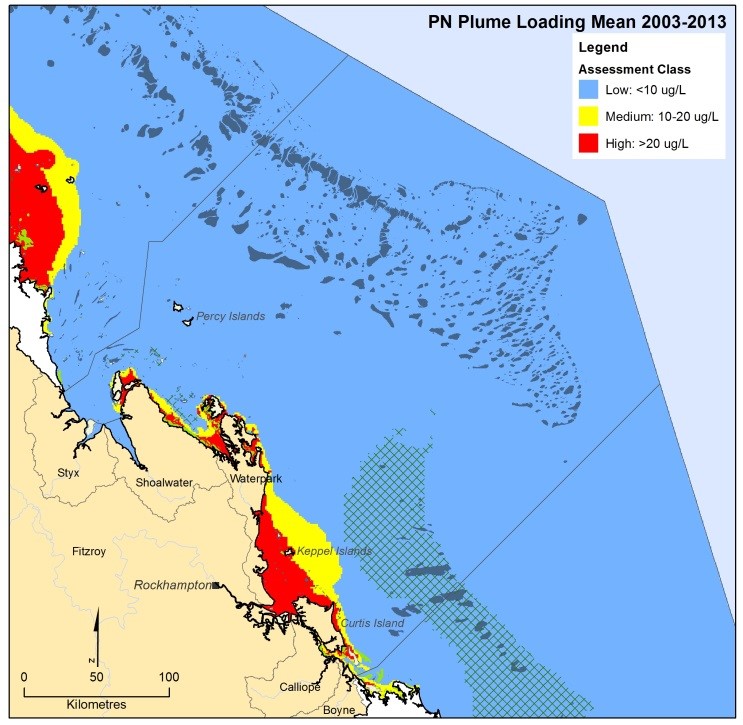[wqip-tabs]
Marine Risk Assessment
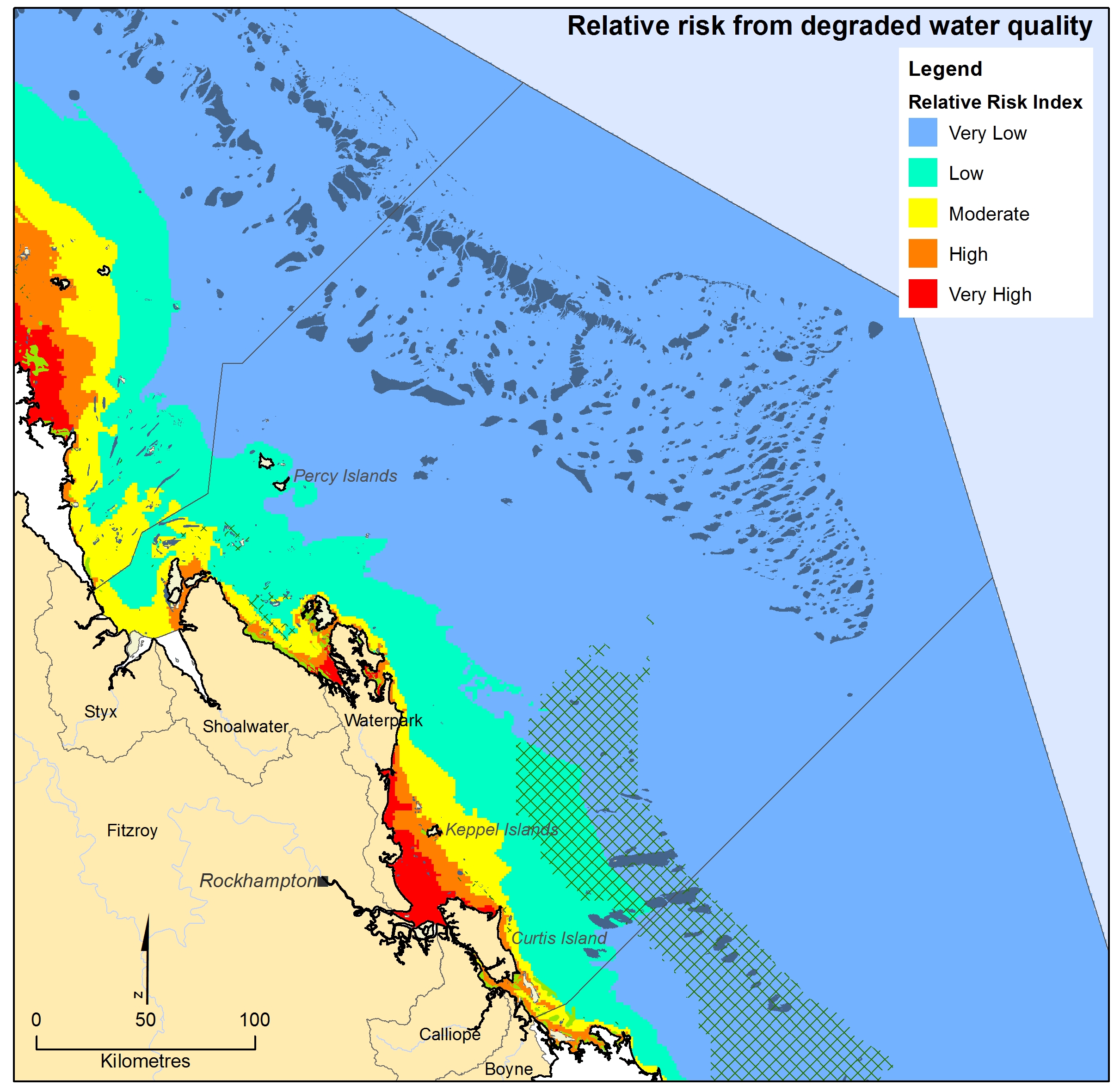 Assessment of the current status of key marine and coastal assets in the Fitzroy Basin has identified a number of assets that are in poor or very poor condition. These include- inshore coral reefs, inshore and reef seagrass meadows, dugongs, turtles, dolphins, low-lying islands, and species of climate-sensitive seabirds.
Assessment of the current status of key marine and coastal assets in the Fitzroy Basin has identified a number of assets that are in poor or very poor condition. These include- inshore coral reefs, inshore and reef seagrass meadows, dugongs, turtles, dolphins, low-lying islands, and species of climate-sensitive seabirds.
The main water quality pollutants of concern for the whole Great Barrier Reef are enhanced levels of suspended sediments, excess nutrients and herbicides (predominantly photosystem II- inhibiting herbicides) added to the Reef lagoon from adjacent catchments. Until recently, there has been insufficient knowledge about the relative exposure to and effects of these pollutants to guide effective prioritisation of the management of their sources. This assessment has attempted to use the best available information to assess the differences between the basins in the Fitzroy Region in influencing Reef ecosystems.
The map below shows the relative frequency of exposure to coral reef and seagrass habitats as a result of discharge from the Fitzroy Region’s rivers. The areas of habitat types within each class are shown in the table below the maps. The data should be interpreted with a degree of caution. A standard risk assessment looks at likelihood of an effect occurring and the consequence if that effect was to occur. For the WQIP:2015 this could not be done, rather we only had the data available to look at the extent of coral and seagrass meadows that are likely to be exposed to the parameters of concern. Additionally, the Great Barrier Reef is more than just coral and seagrass meadows and this should be kept in mind.
Estimated area of coral reefs and seagrass meadows within the five relative risk classes in the Fitzroy Basin.
(The ‘% region’ is the proportion of the habitat in the region for each assessment class.)
| Habitat | Very Low | Low | Moderate | High | Very High | High + Very High | ||||||
| Area(km2) | % region | Area(km2) | % region | Area(km2) | % region | Area(km2) | % region | Area(km2) | % region | Area(km2) | % region | |
| Total Area | 69306 | 79.8 | 11862 | 13.7 | 3210 | 3.7 | 1487 | 1.7 | 995 | 1.1 | 2482 | 3% |
| Coral Reefs | 4632 | 94.3 | 152 | 3.1 | 74 | 1.5 | 42 | 0.9 | 9 | 0.2 | 51 | 1% |
| Seagrass -Composite survey | 0 | 0.0 | 13 | 5.0 | 28 | 11.0 | 163 | 64.2 | 50 | 19.7 | 213 | 84% |
| Seagrass -Deepwater | 3422 | 60.4 | 2126 | 37.5 | 113 | 2.0 | 7 | 0.1 | 0 | 0.0 | 7 | 0% |
| Total Seagrass | 3422 | 58 | 2139 | 36 | 141 | 2 | 170 | 3 | 50 | 1 | 220 | 4% |
The following table provides a breakdown of the key habitats impacted by land based discharge in the Fitzroy Region, a description of the risks they face, their overall relative risk and the river systems impacting on the habitats.
| Habitat Feature | Description | Relative risk results | Likely rivers of influence |
|---|---|---|---|
| Northumberland Island Group (northern inshore areas) | Contains two main island groups, fringing coral reefs and shoals. | Moderate | Fitzroy |
| Percy Islands | Island group contains fringing coral reefs. | Low | Fitzroy |
| Broad Sound | Limited coral reefs and seagrass beds. Is naturally highly turbid due to large tidal ranges, and is relatively shallow. | Moderate to Low | Fitzroy (limited) |
| Shoalwater Bay | Extensive intertidal seagrass beds, Ramsar wetland, and is protected by the Shoalwater Bay Dugong Protected Area. | Very High in the innermost areas, with a gradient to Very Low risk in the outer part of the bay. However water quality conditions are unlikely to be driven by anthropogenic influences. | Fitzroy (limited) |
| Keppel Island Group | Fringing (inshore) coral reefs, intertidal seagrass beds and island habitats. | High |
Fitzroy Water Park (predominantly constrained to North Keppels) Calliope (predominantly constrained to southern-outer areas) |
| Keppel Bay (coastal areas) | Balaclava Island listed on Register of National Estate, naturally high turbidity with limited coral reefs and seagrass beds but contains important coastal wetlands. | Very High in the coastal areas, shifting to High and then Moderate in the outer limits of the bay. | Fitzroy |
| Curtis Island | Fringing coral reefs on south-eastern coast, surveyed seagrass at southern end, wetland areas. | Very High and High. | Calliope
Boyne Fitzroy (predominantly northern areas only) |
| Capricorn Group | Mid-shelf coral reefs and deepwater modelled seagrass. | Low for reefs located closest to the coast including Rock Cod Shoal, Irving Reef, Polmaise Reef and Mast Head Island and reefs. Very Low elsewhere. | Fitzroy
Potentially Burnett Mary River in flood events e.g. 2010-11 |
| Rodds Bay Dugong Protection Area (crosses the region’s southern boundary) | Extensive intertidal seagrass beds and fringing coral reefs on the eastern coastal of Facing Island. | This area is influenced by Gladstone Harbour and Calliope and Boyne river mouths. | Calliope
Boyne Burnett (outside of this region) Fitzroy (limited) |
The following maps provide a break down of the individual exposure maps for each of the water quality parameters that were combined to create the overall relative marine risk presented above.
Click on the thumbnails for a larger image.

